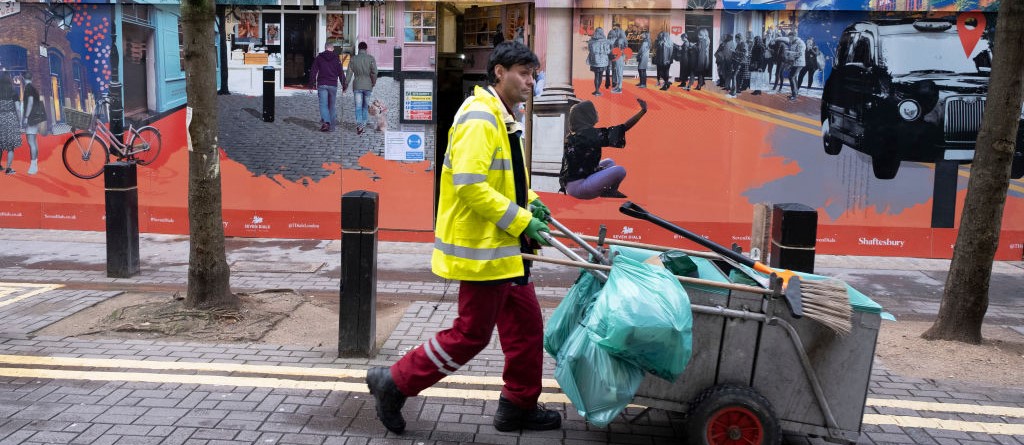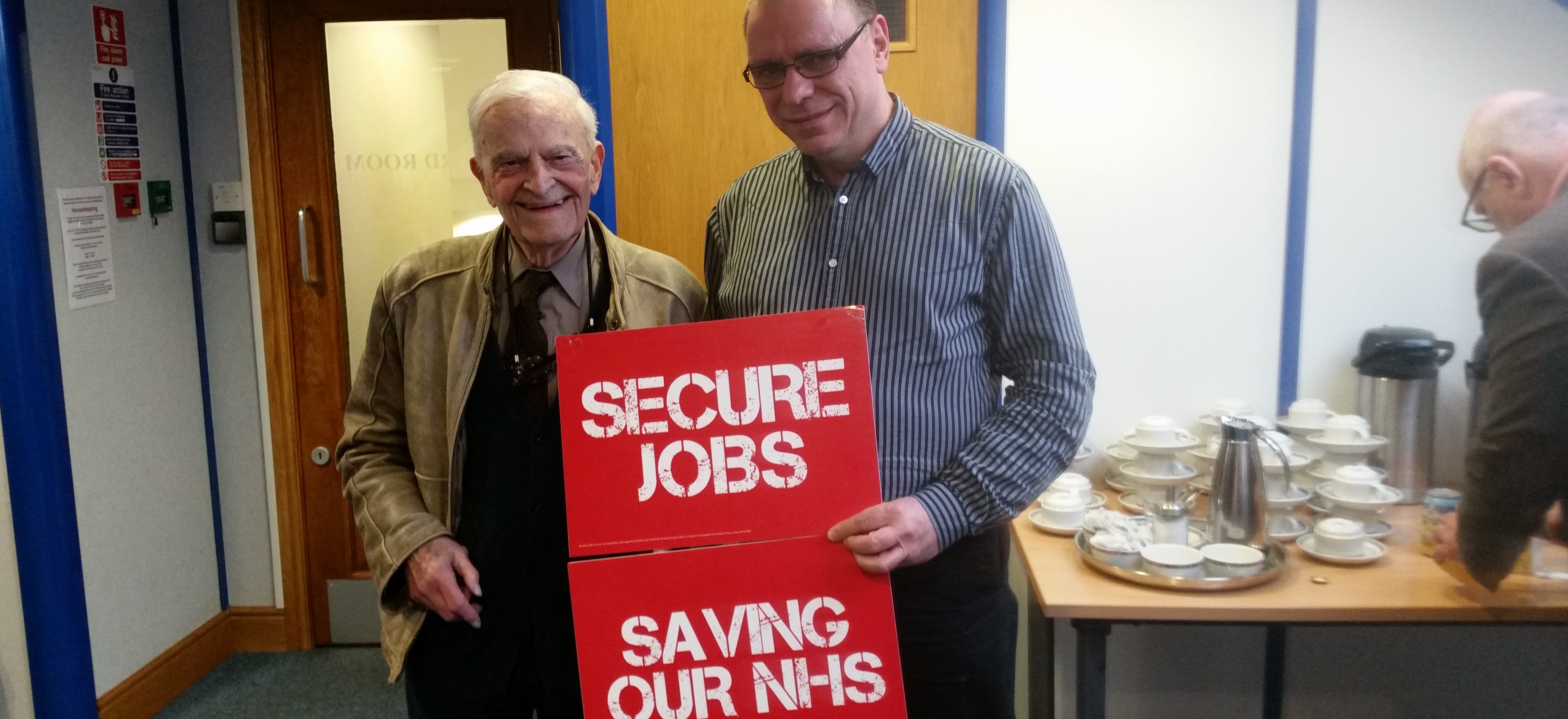The most painful cuts
Council services, including elderly care, children’s centres, parks and libraries, among other vital services, have suffered desperately under the weight of the previous government’s spending cuts, which amounted to an £18bn cull in real terms since 2010.
But local authorities’ pain is far from over, after the Chancellor’s autumn statement revealed they will continue to bear austerity’s greatest burden.
The central government grant – the primary source of local authority funding, worth £18bn – will be phased out entirely by 2020, leaving local authorities facing a gaping £4.1bn-a-year black hole.
Chancellor George Osborne contends that the shortfall will be made up by new measures that will devolve power to local government, representing what he calls a “revolution in the way we govern this country”.
These measures include allowing local authorities to control and keep 100 per cent of receipts from business rates and property sales, as well as allowing councils to raise their council tax by 2 per cent to fund social care.
But Unite national officer for local authorities Fiona Farmer argues that this is a red herring, and will go nowhere near replacing the funding lost from government cuts, especially for the most deprived communities.
“If you look at the argument about business rates, the impact will be very detrimental for the poorest areas,” she said.
“Those that benefit from business rates will be areas that are already quite affluent anyway. Those that will suffer will be the inner city councils – the Manchesters, Liverpools and so on.”
The same, Fiona notes, goes for allowing councils to raise council tax to pay for social care.
Liverpool city council has said that its annual social care bill stands at ÂŁ172m a year, while a 2 per cent rise to council tax in the city would generate only ÂŁ3.2m.
“This measure will be nowhere near enough to make up the difference, especially for councils where property prices are low,” Fiona said.
Fiona described the immense strain local authority staff are already under after five years of austerity. “The local government workforce is already the lowest paid
across all the public sector,” she said.
“About 25 per cent are paid below the Living Wage, and nearly one in eight rely on in-work benefits just to survive.” A quarter of a million local authority jobs were shed over the last five years of austerity. But these job cuts are only the beginning, Fiona notes.
“We’re looking at thousands of job losses across the UK – up to 6,000 in Birmingham, 3,000 in Glasgow, 2,000 in Edinburgh and so on,” she said. “We would say that local government is coming close to total collapse.”
And for those local government workers who remain, Fiona notes they face worsened terms and conditions – allowances, annual leave, overtime and mileage are all cut to the bone as austerity continues to bite.
As council staff suffer, so too, do those who use council services, many of whom are from the UK’s most deprived communities.
Unite community coordinator for the southwest Brett Sparkes is on the frontlines of local authority cuts, and knows intimately the effect cuts have had on vulnerable communities.
Under threat
Most recently, Brett and Unite members, along with the local community in Swindon, mounted a protest against closing children’s centres. Seven centres, which serve a large number of vulnerable children, were shut in April, with the council’s remaining five now under threat.
“The services these centres offer are
not available anywhere else,” Brett explained. “They’re absolutely vital in assisting young families. Especially in rural areas, young families will have nowhere else to go to for support.”
Brett points to a Bristol respite centre as another example of the cuts’ effect on local communities.
Unite Community spearheaded a day of action against cuts to beds at the respite centre, which provides short breaks for severely disabled children and vital support for their families.
“These examples are all part of a larger pattern we see in austerity Britain,” Brett added. “Over the last five years, we’ve seen a rise in homelessness as housing costs skyrocket, people suffering mental health problems not getting the help they need, people going hungry and living on the streets.
“And it is council services that are there to support these people falling through the cracks,” Brett explained. “But now, if the latest cuts go through, all this support will be gone.”
Fiona agrees, adding that the cuts will not only cause immediate suffering among users and local authority staff, but will also actually add to public expenditure in the long-term.
“If social care and services collapse, the onus then moves on to the NHS,” she notes. “It’s far more expensive for the elderly, the vulnerable and the infirm to be looked after by the NHS than it is by local government.
“We’ve seen already that leisure centres, libraries and youth services are being completely axed because they’re not seen as essential.
“This is a false economy, because if you don’t invest in say youth services, then some other budget will have to pick up the costs and repercussions.”
Another outcome of severe local authority cuts is the transformation of councils from providers of services to becoming the commissioners of services.
“When councils become nothing more than facilitators of private contracts, services suffer because companies are beholden to shareholders, and not to the communities that they serve,” Brett explained.
Although dark days are ahead for local authorities, Brett believes there’s still much that can be done locally to combat these cuts.
“Conservative councils are in league with the Tory government, adopting their mantra of cutting services to the bone, especially services that help the most vulnerable,” he commented.
“Despite central government cuts, councils still make decisions. As a community we can stand together and fight the cuts by challenging these local decisions.”
This story first appeared in uniteWORKS magazine, January 2016. Unite members can sign up to receive the union’s award winning mag by changing your membership details here to include receiving the mag.
 Like
Like Follow
Follow

